Big cats like lions, tigers, leopards, and cheetahs are among the most iconic and awe-inspiring animals on the planet. Yet, due to habitat loss, poaching, and human-wildlife conflict, their populations have drastically declined over the past century. In response, a global effort is underway to reintroduce these majestic predators to their natural habitats and restore the balance of ecosystems.
Why Big Cats Are Crucial to Ecosystems
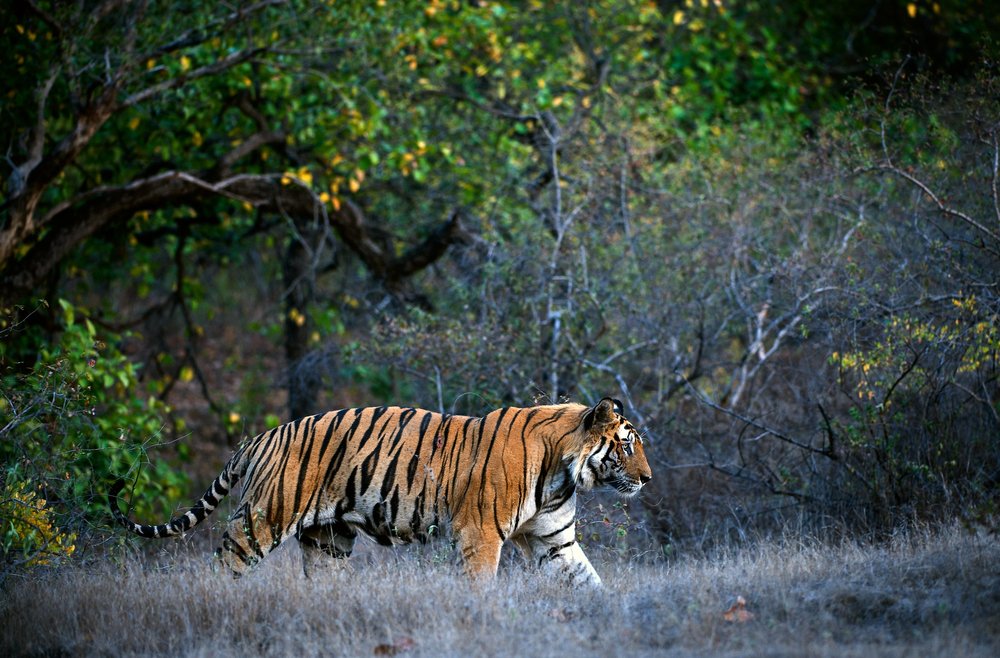
Big cats play a vital role as apex predators, helping to maintain the balance of their ecosystems. By controlling herbivore populations, they prevent overgrazing and support vegetation growth, which in turn benefits a wide range of species. Without big cats, entire ecosystems can collapse, leading to a loss of biodiversity and environmental health.
The Challenges of Reintroduction
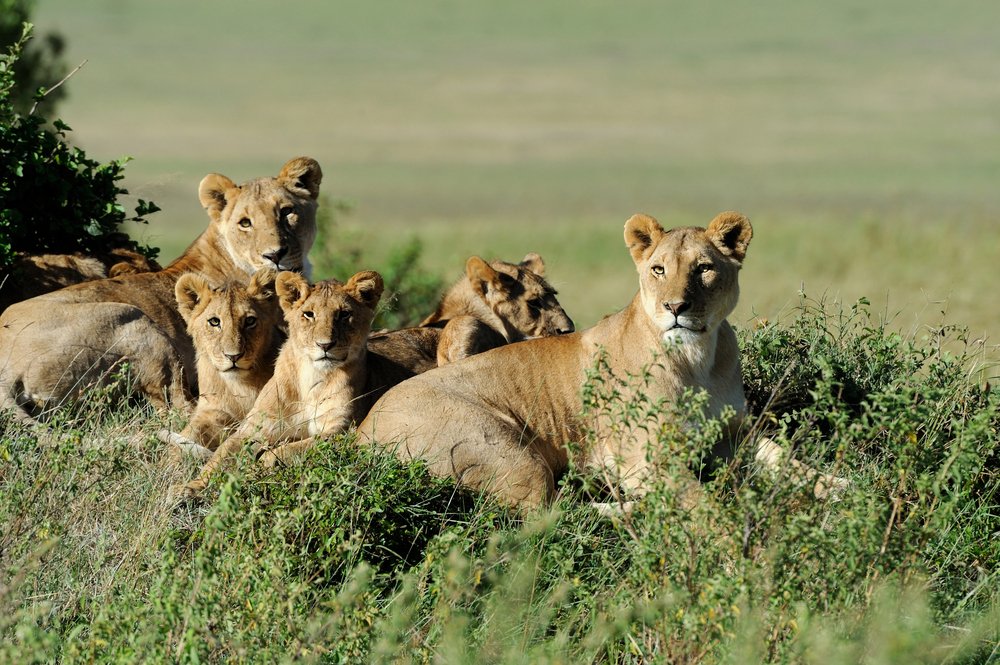
Reintroducing big cats to their natural habitats is a complex and challenging process. It involves finding suitable habitats, ensuring prey availability, and addressing potential human-wildlife conflicts. Additionally, many big cat populations have fragmented genetic diversity, which makes breeding programs and reintroductions critical for long-term survival.
Success Stories Around the World
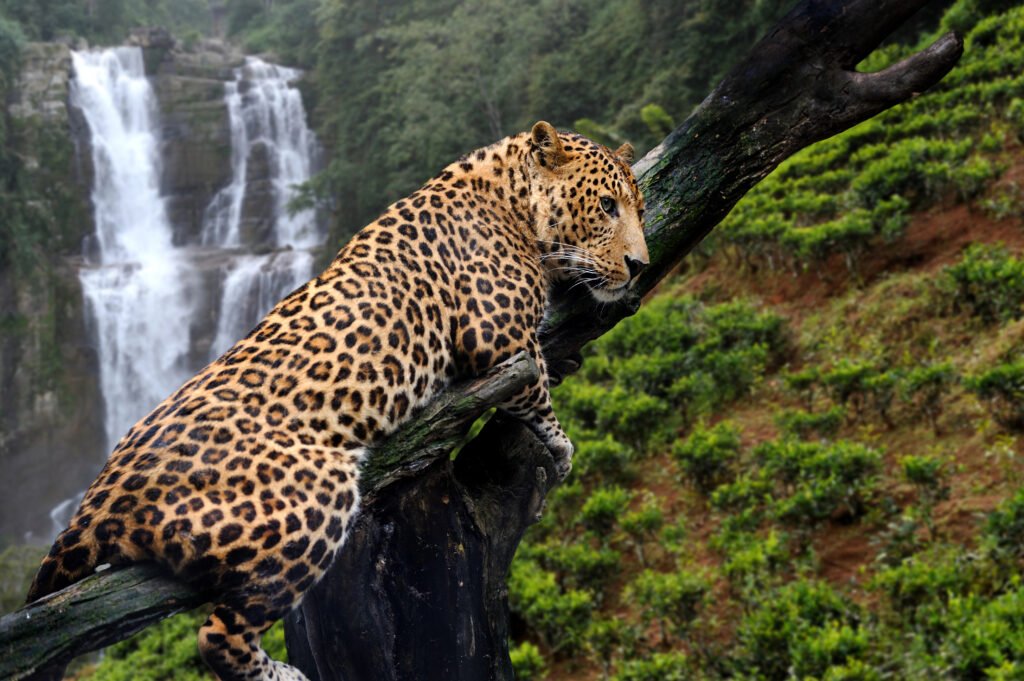
Several countries have already seen success in their big cat reintroduction efforts. In India, the Asiatic lion was brought back from the brink of extinction through conservation programs and habitat restoration. Similarly, South Africa has seen the successful reintroduction of cheetahs in protected reserves, where they are now thriving.
The Role of Conservation Organizations
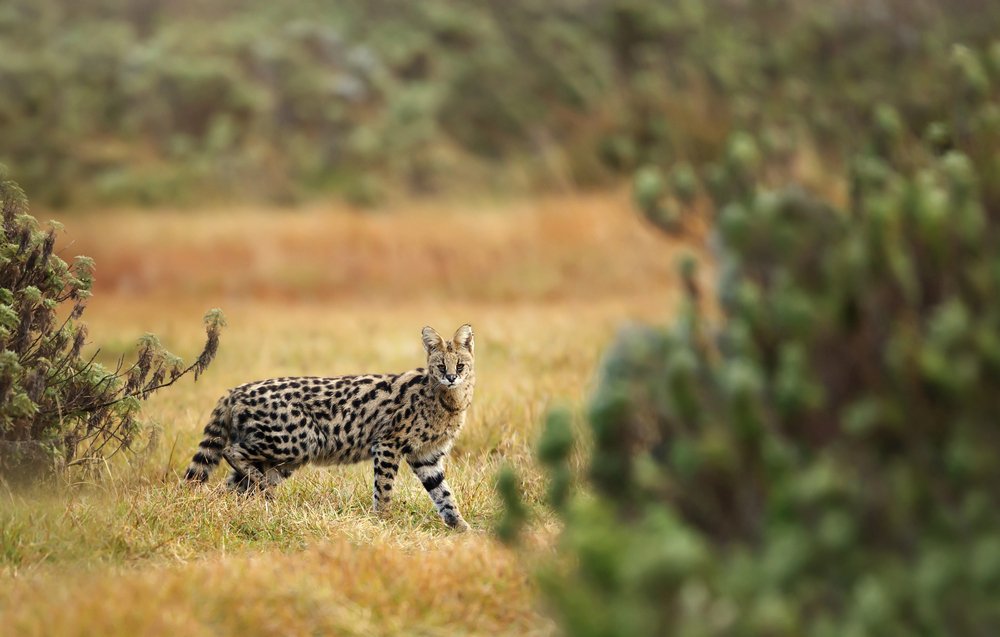
Global organizations like the World Wildlife Fund (WWF) and Panthera are at the forefront of big cat conservation. These groups work with local governments, scientists, and communities to develop strategies for habitat protection, anti-poaching efforts, and education. Their initiatives are helping to raise awareness and fund crucial projects to save these species.
Community Involvement Is Key
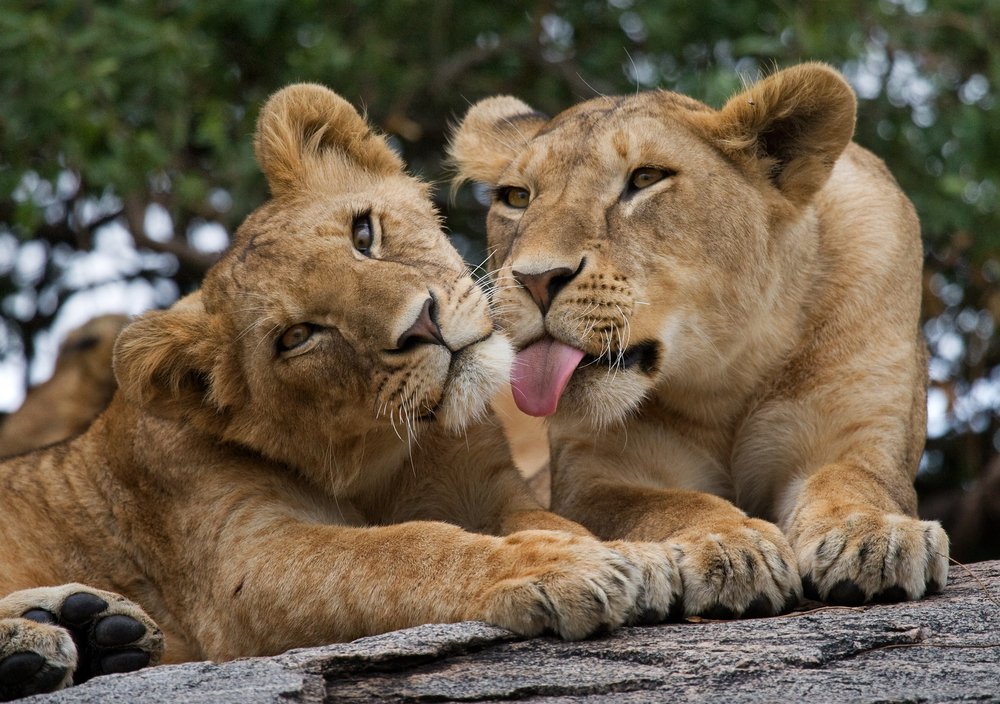
Reintroducing big cats often requires collaboration with local communities living near their habitats. Educating communities about the ecological importance of big cats and providing tools to mitigate conflicts, such as predator-proof livestock enclosures, are essential steps. In many cases, eco-tourism linked to big cat conservation has provided economic benefits, creating a win-win for humans and wildlife.
The Future of Big Cat Conservation
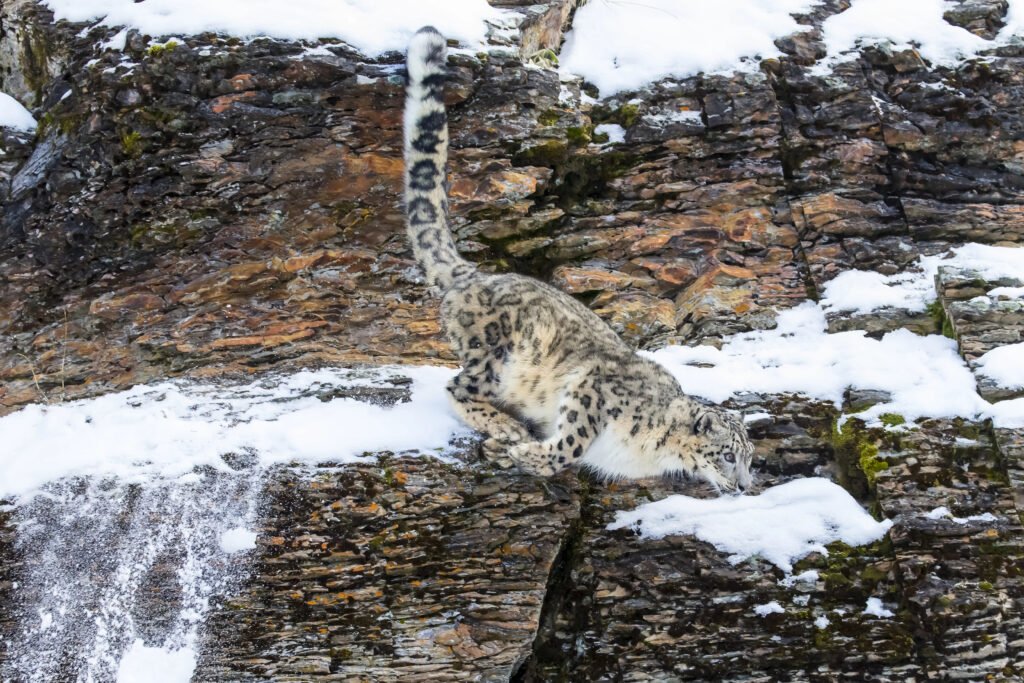
While significant progress has been made, the fight to reintroduce and protect big cats is far from over. Climate change, deforestation, and illegal wildlife trade remain ongoing threats. Continued global support and innovative conservation strategies are needed to ensure the survival of these iconic animals.
A Shared Responsibility
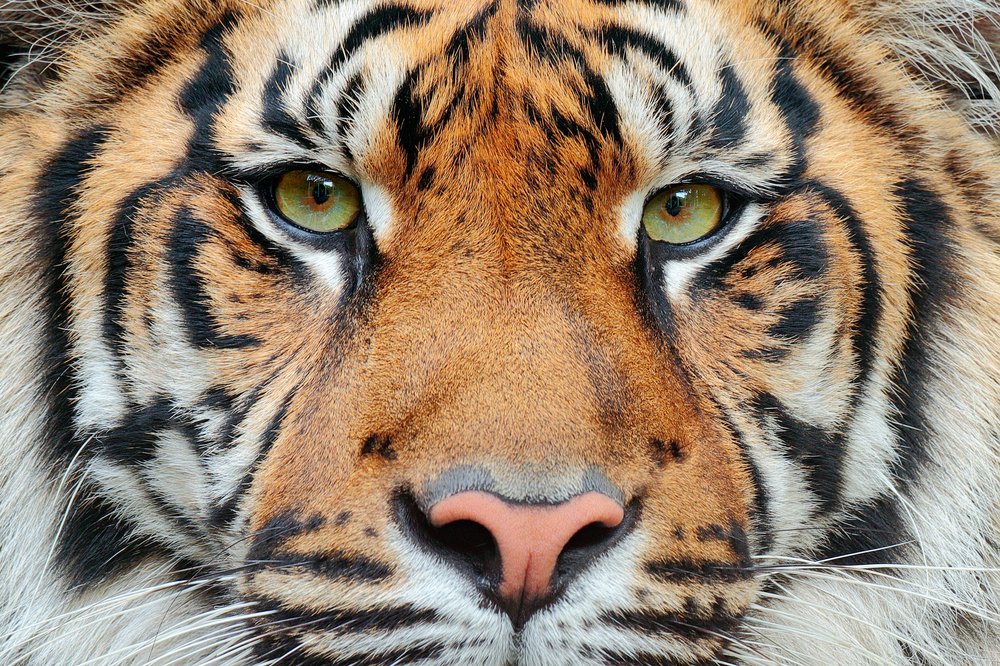
Reintroducing big cats to their natural habitats is not just about saving a species—it’s about preserving the health of the planet. These magnificent animals inspire awe and remind us of nature’s beauty and power. By supporting global conservation efforts, we can ensure that big cats continue to roam their wild habitats for generations to come.

Growing up traveling and experiencing new cultures and wonders, I have had a passion for nature, adventuring, photography, and videography. I am currently working towards a BSc in Biodiversity and Ecology at Stellenbosch University, and I hope to specialise in Marine Sciences one day.
Please send any feedback to Feedback@animalsaroundtheglobe.com






